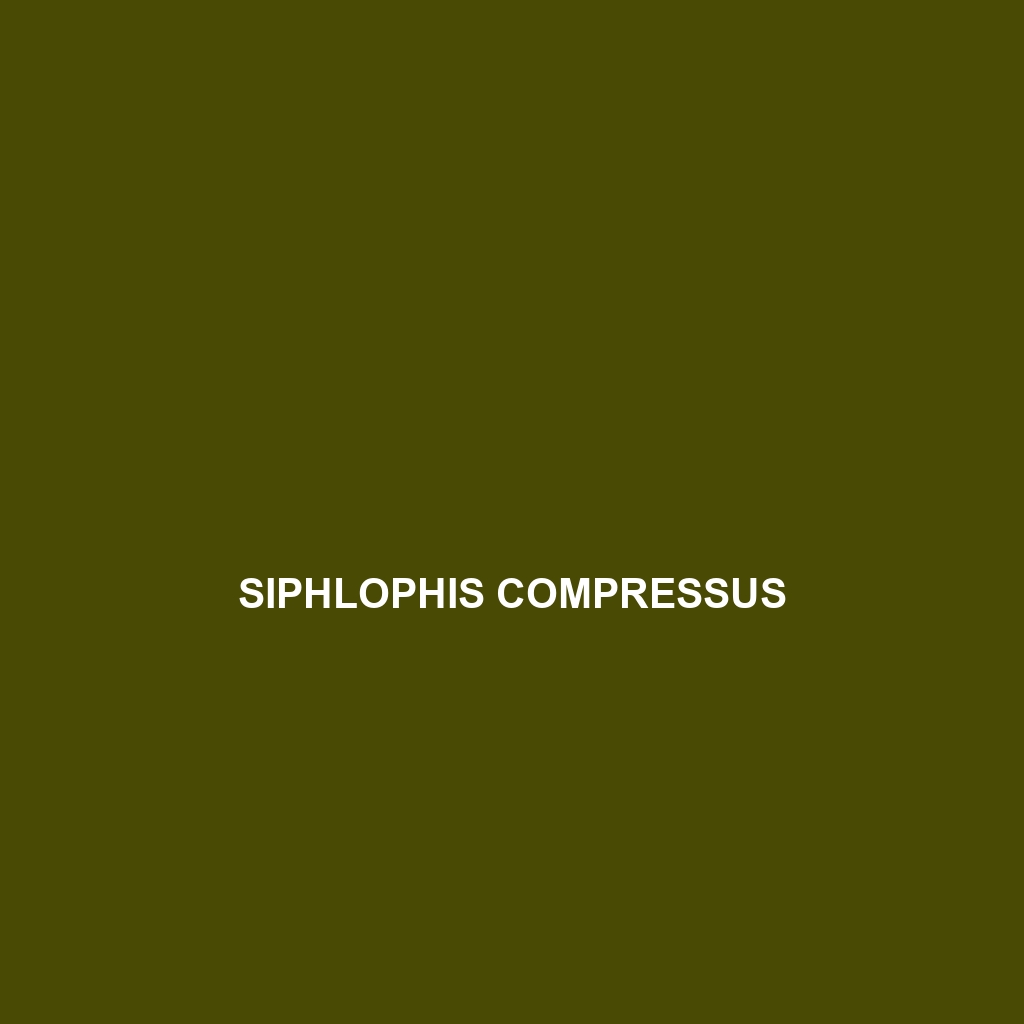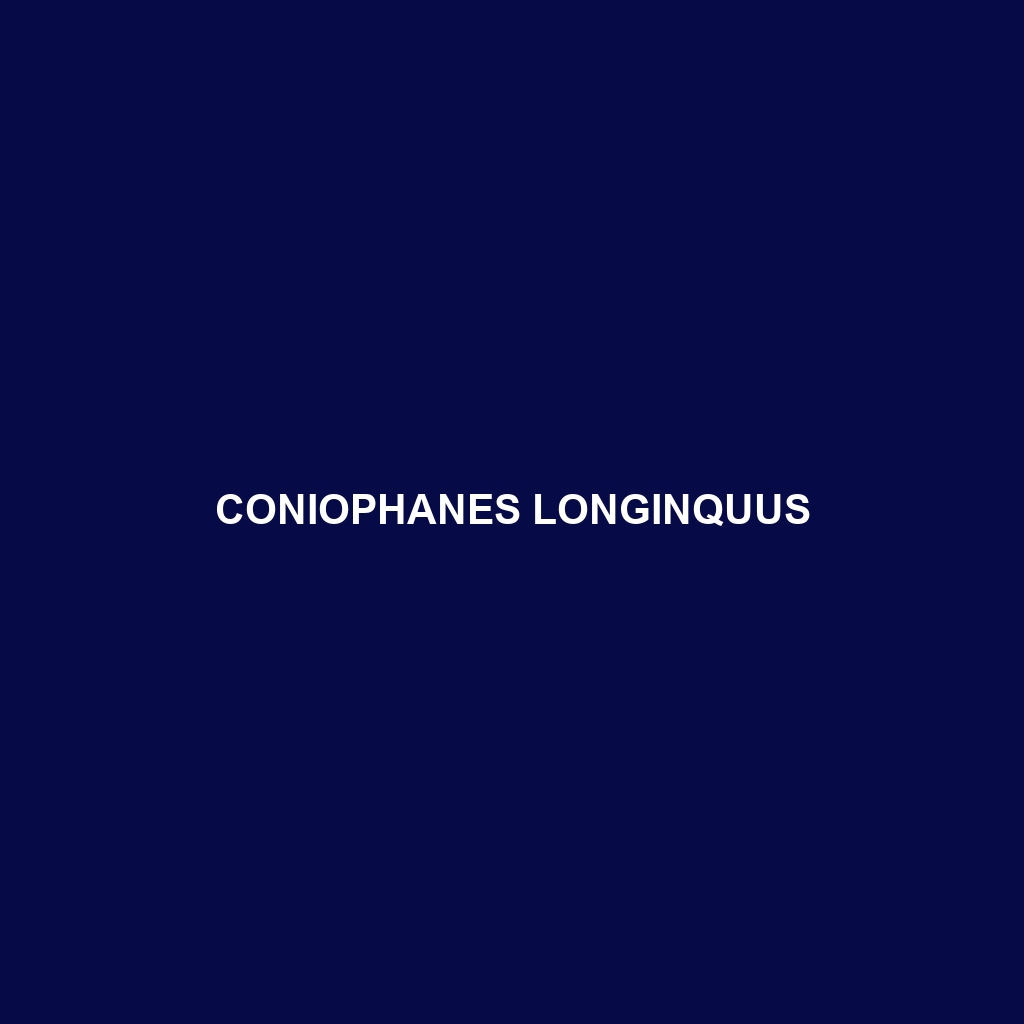Discover the Siphlophis compressus, commonly known as the flat-headed snake, a nocturnal insectivore thriving in Central America's lush rainforests. With its distinctive flat head, olive green to brown coloration, and crucial role in regulating insect populations, this adaptable species represents the health of its ecosystem.
Tag: Costa Rica snakes
Siphlophis compressus
Discover the Siphlophis compressus, commonly known as the flat-headed snake, a nocturnal insectivore thriving in Central America's lush rainforests. With its distinctive flat head, olive green to brown coloration, and crucial role in regulating insect populations, this adaptable species represents the health of its ecosystem.
Dipsas williamsi
<p><b>Dipsas williamsi</b>, or Williams’ Snakelike Snake, is a medium-sized, nocturnal serpent native to the rainforests of Central America, distinguished by its elongated body and iridescent brown-green scales. Thriving in humid, biodiverse environments, it plays a vital role in controlling rodent populations while exhibiting unique behaviors such as ambush hunting and coiling when threatened.</p>
Dipsas palmeri
Dipsas palmeri, commonly known as Palmer's snail-eater, is a nocturnal snake found in the humid tropical forests of Central America, known for its distinctive rich brown and green coloration and specialized diet primarily consisting of snails. This vulnerable species plays a crucial role in its ecosystem by regulating snail populations and contributes to biodiversity in its forest habitat.
Dipsas elegans
elegant snail-eater, or Dipsas elegans, a strikingly beautiful snake native to Central America's humid forests. Known for its delightful mix of rich browns and vibrant greens, this nocturnal predator primarily feeds on snails and slugs, playing a vital role in regulating their populations within its ecosystem.
Coniophanes longinquus
Discover the Coniophanes longinquus, or long-tailed snake, a slender, nocturnal reptile native to Central America's tropical rainforests, featuring striking brown or olive-green coloration that aids in camouflage. This agile predator primarily feeds on small vertebrates and plays a crucial role in maintaining ecological balance within its habitat.





